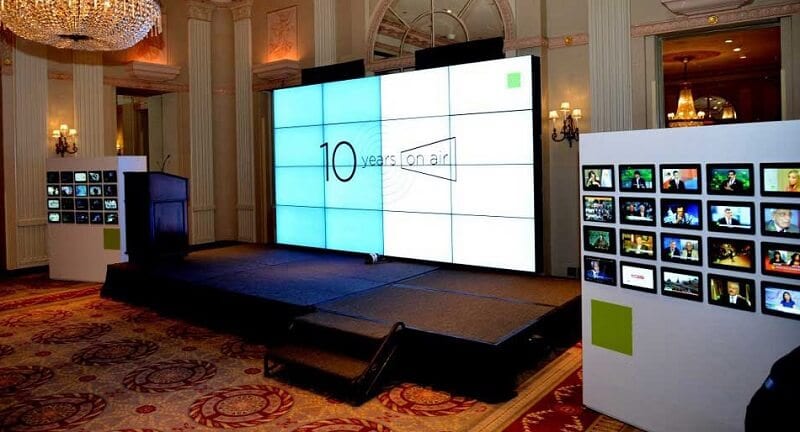Explaining Luminescent Wall Surface Brightness Metrics aiming at Optimal Visual Functionality
Explaining Luminescent Wall Surface Brightness Metrics aiming at Optimal Visual Functionality
Blog Article
LED wall screens have become increasingly favored in various settings, from homes and businesses and communal areas. Such panels tend to be known for their bright and vibrant visuals, which make them ideal for conveying data, advertisements, and entertainment. However, understanding the brightness levels of LED wall panels is crucial for guaranteeing ideal visual efficacy. Brightness is quantified in metrics known as nits, which indicate the amount of luminosity is emitted from the panel. The greater the quantity in candelas, the brighter more luminous a display will be. For, example, one screen boasting one thousand nits stands significantly brighter than one featuring 500 nits, making it better equipped in brightly lit environments.
As you selecting an LED wall screen, one becomes important to consider the environment in which it will be placed. In well-lit illumined spaces, like retail environments or open-air settings, a higher brightness rate becomes essential for ensure visibility. Conversely, in darker environments, such as theaters or meeting spaces, lower diminished illumination rate might be adequate. This is because excessive bright unnecessary brightness in a dark environment can lead to discomfort for viewers, making it harder for focus on the display. Thus, comprehending specific specific needs for an setup location will aid with selecting a suitable illumination rate to ensure optimal visual experience.
Another crucial factor to consider is the contrast ratio of an Light Emitting Diode panel screen. This contrast effective advertising with led walls ratio measures the difference between the brightest white versus the darkest black black which the screen is able to create. An greater differential proportion indicates that the display is capable of show more detail as well as richness, thereby improves general image quality. For instance, a panel boasting an contrast ratio of 10,000:1 is able to show visuals featuring greater vivid hues as well as sharper details than a featuring a ratio of 1,000:1. Such becomes especially important when displaying images and motion graphics which see page require high clarity and fine details, including presentations or promotional content.
Moreover, the technology mechanism that drives Light Emitting Diode wall panels plays a essential part for their brightness and overall efficiency. Various kinds of LED technologies, including Organic Light Emitting Diode as well as Liquid Crystal Display, possess unique characteristics that impact the way brightness is perceived. Organic Light Emitting Diode screens often offer better differential as well as darker blacks, which can improve a visual experience within darker environments. On the other hand, standard Light Emitting Diode screens may be better in bright environments because of the ability for generate greater amounts in brightness. Understanding such tech-related differences can help consumers in deciding on knowledgeable decisions according to their specific requirements.
Finally, regular care as well as calibration of Light Emitting Diode wall panels can help preserve ideal brightness as well as efficacy over time. Dust as well as dirt can accumulate in the screen, impacting the illumination as well as clarity in a display. Regular washing as well as expert adjustment can ensure the the panel functions at its optimal, providing consistent image quality. Moreover, certain advanced Light Emitting Diode panel panels feature with built-in options that allow users for adjust illumination levels and hue settings based on their preferences. Through taking such measures, operators can guarantee that their Light Emitting Diode wall screens deliver the optimal display performance, regardless of where environment where which these are used.